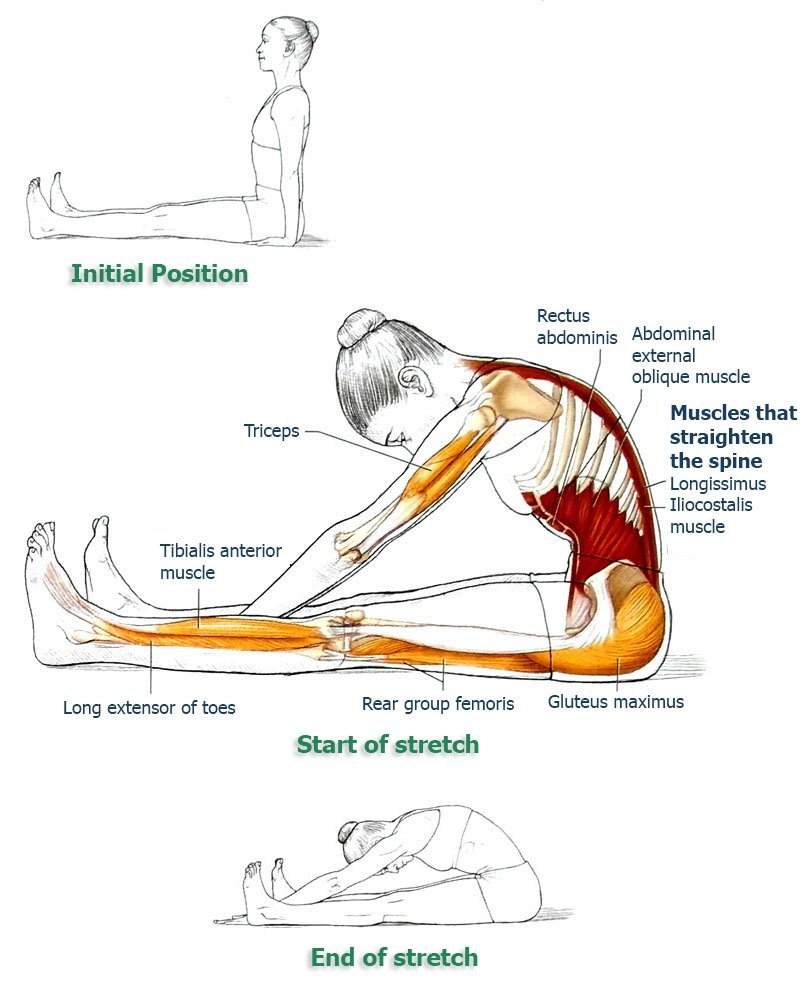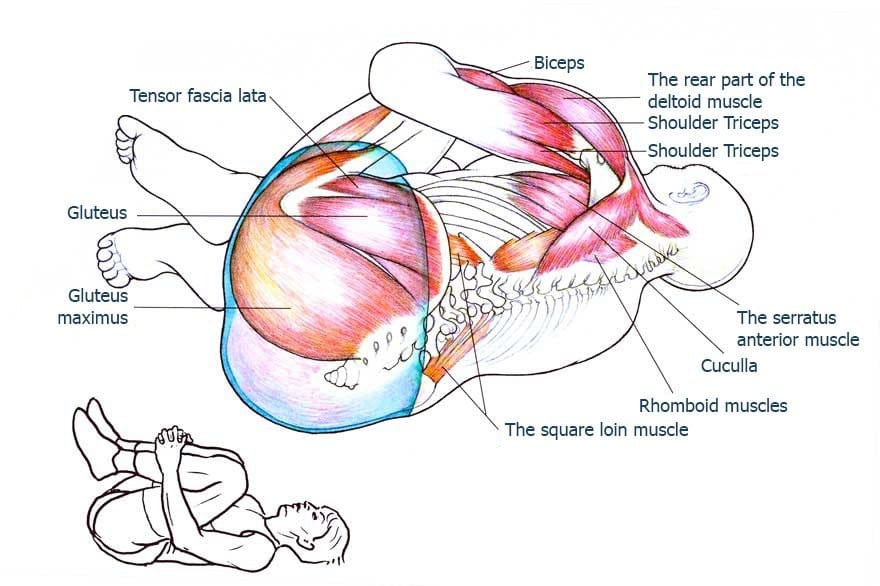We started this back stretching program to provide a resource for back pain sufferers and help them relieve back pain. We advise you to begin with the starting stretches for upper back and then progressively advance to more complex movements. This program can be especially beneficial to office workers, as they tend to sit a lot and have a high tendency to develop back & spine problems before they retire. If you are suffering from a spinal or back injury, make sure to consult your doctor if this program is suitable for you.
The series so far:
- Exercise #1: Cat-Cow
- Exercise #2: Back Extension
- Exercise #3: Back Stretching (you are here)
- Exercise #4: Heel Kick
- Exercise #5: Double Impact
- Exercise #6: Swimming
- Exercise #7: Stomach Rolls
- Exercise #8: Diving Swan
During these exercises you’ll be taking your joints close to their limits, so while a certain amount of discomfort is expected, stop pushing yourself before the discomfort becomes pain to avoid injury. In fact, the program should be relieving back pain, not increase it. If that is the case, stop immediately – you are doing something wrong. Make sure you stay focused throughout and follow carefully your body’s reaction to the exercise.
Stretches for Upper Back

Initial position. Sit on the mat and straighten your back. Stretch your legs in front of you and place them apart – slightly wider than shoulder width. Toes are pointing upward (dorsiflexion). Lean straightened hands on a mat near the pelvis.
- Pull your abdomen in and at the same time tilt your head forward, bending your upper back and stretching your arms in front of you. Glide your hands forward on the mat, between your legs;
- Straightening your body, return to the initial position. Repeat the stretch 5 times.
Make Sure You:
- At the start of the stretch, bend the spine, lowering your chin to your chest. Tighten your abdominal muscles, retract the abdomen and lower the front part of the chest, to achieve the maximum flexion of the spine. When the efforts of the abdominal muscles take the upper torso to the desired position, include the back extensor muscles, to control the lowering of the body. The spine is bent slowly, vertebrae by vertebrae;
- Begin bending the spine to prevent the pelvis tilting forward and give it a vertical position, to assist the legs and the hip joints;
- At the end of the stretch, slightly tilt the pelvis forward and stretch your arms to achieve maximum stretch of the hamstring;
- Stretching the leg muscles is enhanced by dorsiflexion. Try to push the heel forward as far as possible, without moving them away from the mat;
- Pulling the arms forward by bending them at the shoulders and keeping them extended, try to keep the neutral position of the shoulder blades;
- When straightening the body back at the end of the stretch, retract the abdomen and slowly start unbending the spine, straightening it, vertebrae by vertebrae, starting from the lumbar region;
- While lowering and lifting the body, visualize a mental image of a rope tied around your waist, with which someone pulls you backwards, nearing your abdomen to the spine.
Additional Notes
Stretches for upper back are just part of the story. This exercise provides you with an opportunity to practice putting your spine through different positions: straightened in the sitting position and flexed during the stretch. One general principle of Pilates is flexion of the spine over its entire length, from the lower regions to the top. This exercise is aimed to ensure that the spine is bent uniformly, both the lumbar and the thoracic curve. At the same time it allows implementing dynamic stretching of the posterior group of thigh muscles and the back extensor muscles. The skills collected here will be helpful in improving your posture and relieving back pain.
Stretches for Lower Back
This basic back stretching is perfect for getting rid of stress in the lower back, which can be accumulated as a result of awkward postures during work and everyday life. It is also a good warm-up exercise for performing other types of stretches of the lower body. Especially beneficial for relieving back pain before going to bed, or in the morning after waking up.

In a prone position (on your back, face up), bring your knees to your chest. Hold the stretching position with medium to strong intensity. Avoid sharply increasing the intensity of the stretching. Keep the chest straightened, shoulders relaxed and the shoulder blades together. Breathe freely.
For the follow up exercise go here.
Source: SportWiki

